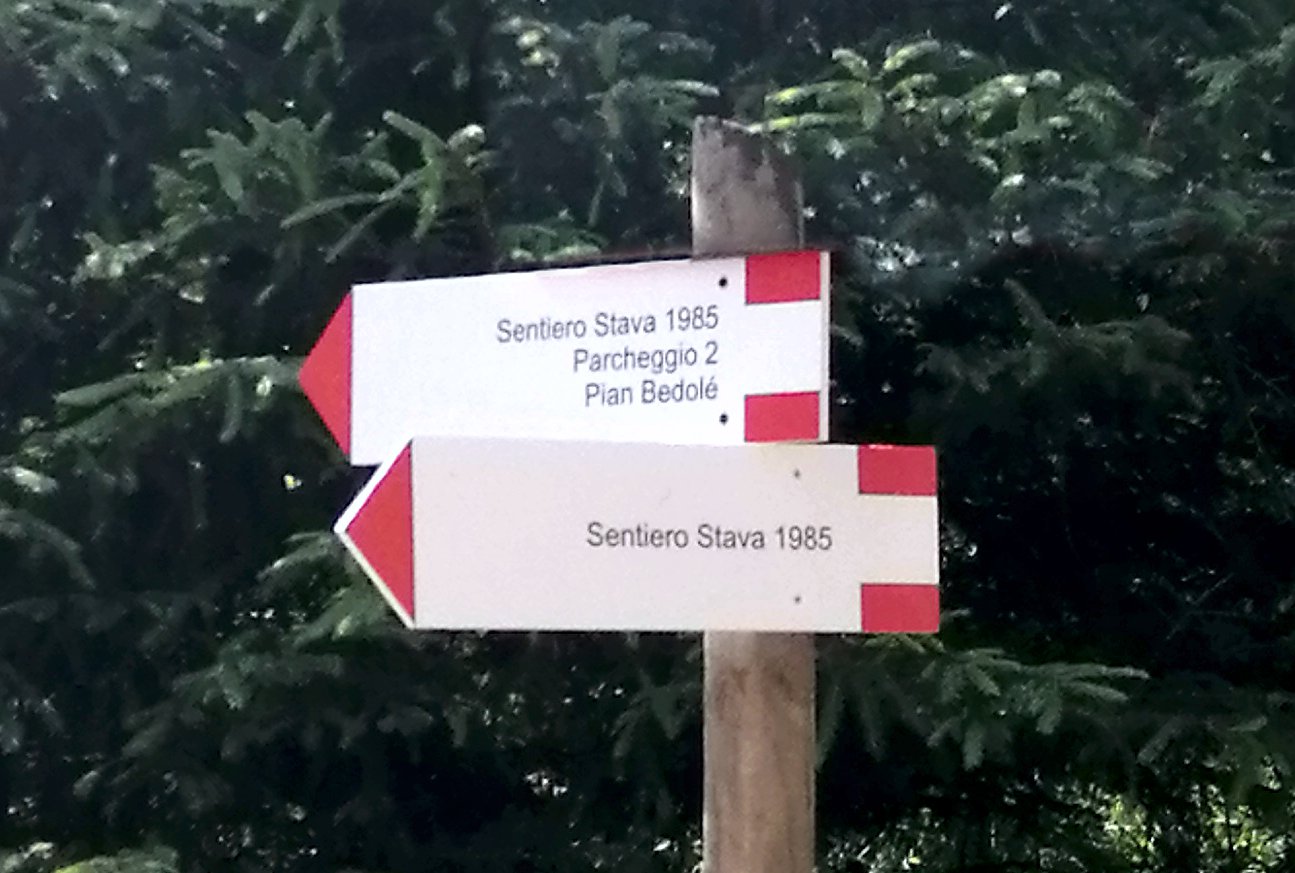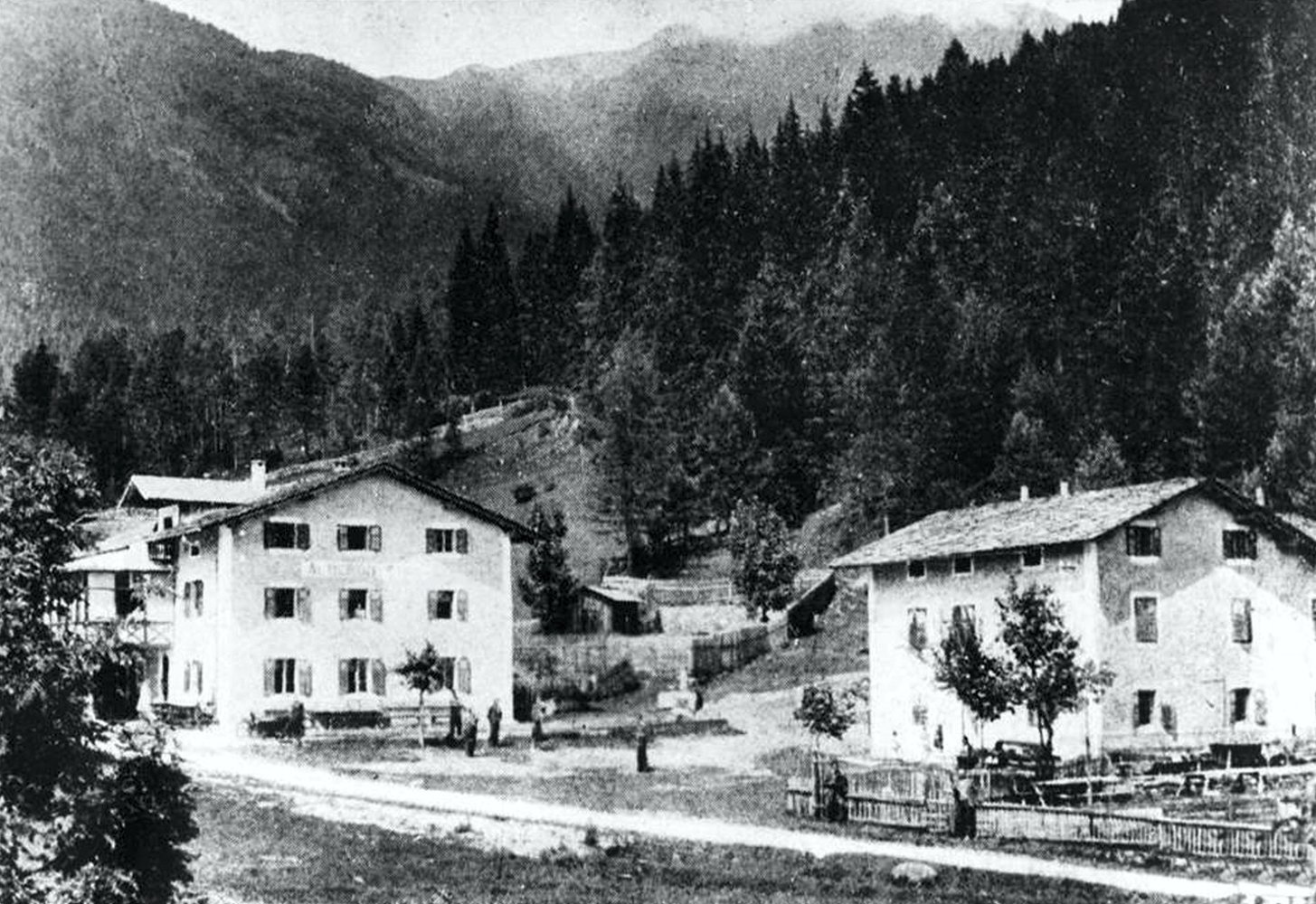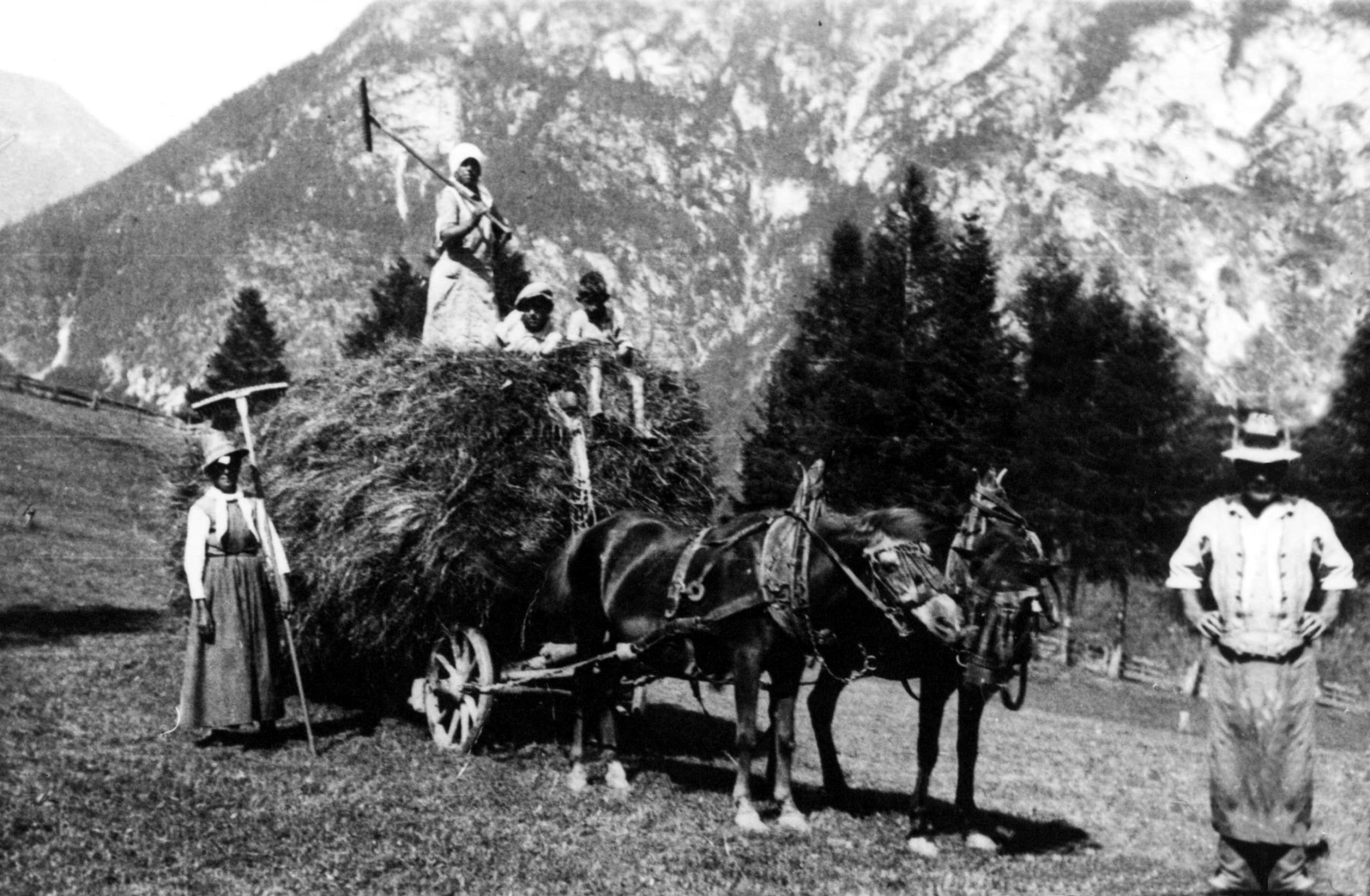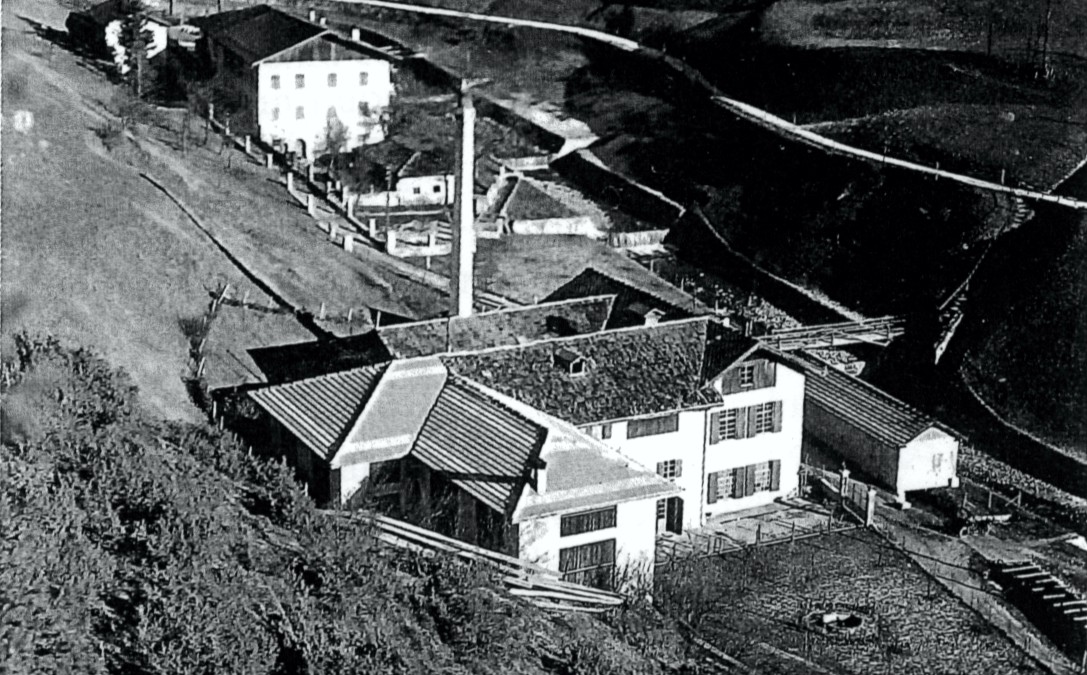Stava 1985 Centre
[vc_row][vc_column][vc_column_text css=""] OPENING HOURSFrom June 15th to September 15th: every day from 3pm to 6pmIn July and August: also in the morning from 10am to 12pmSundays, holidays and July 19th: only in the afternoon from 3pm to 6pm In the other months of the year the Centre will be open by reservation only. The opening will be confirmed when a minimum number of 5 people have booked.The cost is € 5 per person, € 10 per family unit (parents and one or more children).The reservation must be made by 12pm on the day before the desired.For additional information and for










